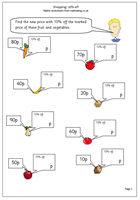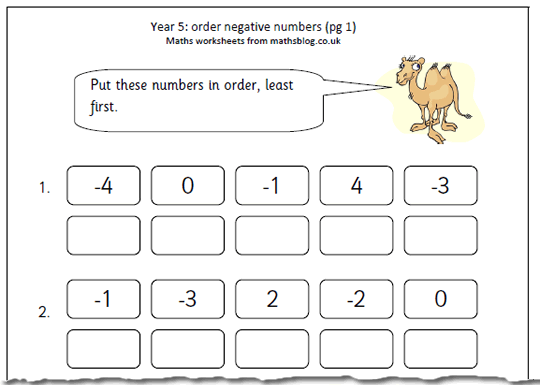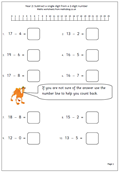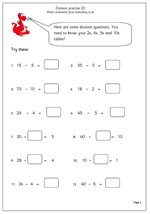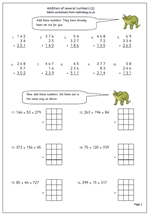 I knew that it wouldn’t be long before the present government wanted to stamp its authority on education by bringing in new reforms, and here they come!
I knew that it wouldn’t be long before the present government wanted to stamp its authority on education by bringing in new reforms, and here they come!
One of the main targets is discipline and they hope that by encouraging school uniforms, house systems and prefects that a back to basics approach will improve disciple. They seem to be ignoring that a vast number of schools already have these in place!
Perhaps more importantly, heads will have the final say on expulsions, stopping independent appeals by panels which often go against the school’s wishes. However, there is a twist in that the school must find alternative education for these expelled pupils and their performance in tests will still be included in the original school’s league tables.
The White Paper also announced plans to encourage servicemen leaving the forces to re-train as teachers under a “Troops to Teachers” programme, saying that troops had a lot to offer. I imagine adults from many other walks of life have just as much to offer, if not more, but perhaps I am biased as I still remember a couple of my Grammar School teachers who were retrained after the war, and good teachers they were not!
Gove has also given himself more power over schools; through the Academies Act he can order any school to be converted to one of his academies.
There were also hints that the curriculum might be freed up from the constraints of the National Curriculum, with only core subjects being mandatory.
There is plenty more, but much of it seems to be ‘hot air’ which will make little difference to the average school. No doubt the significance of the White Paper will become clearer over the next few weeks.
